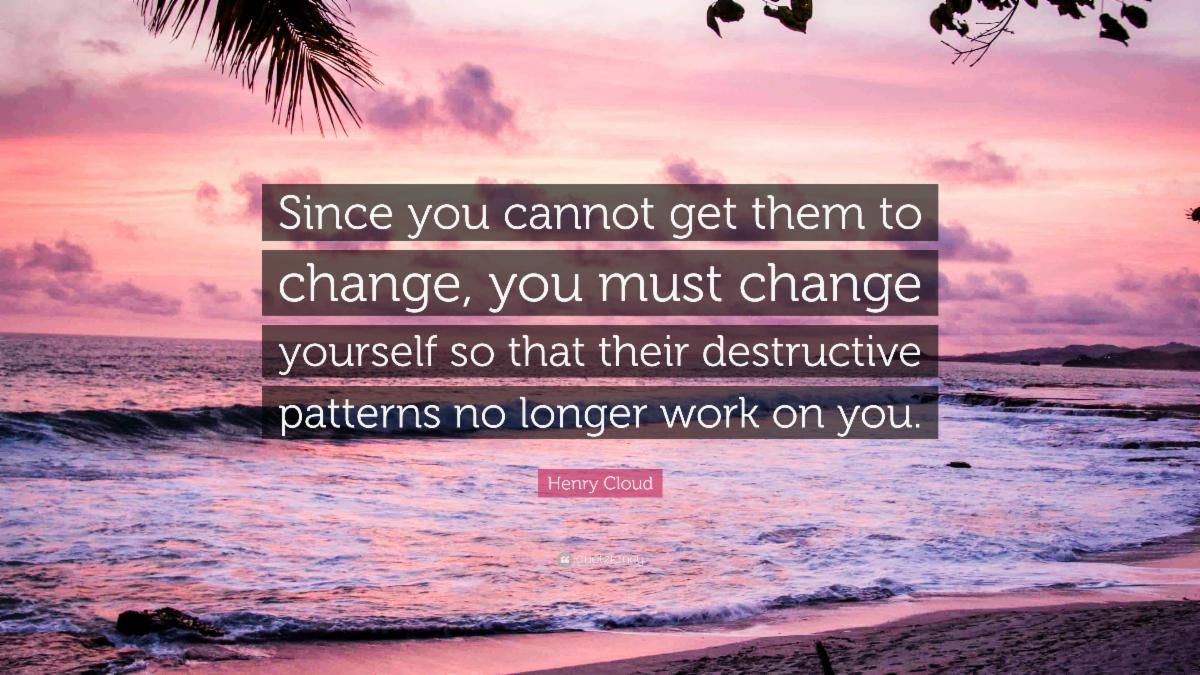
September 16, 2021
Executive Communication and Sports Journalism
We’ve all been in meetings where someone is talking with no clear direction, an inappropriate level of detail, and a lack of flavor. We as listeners must spend a lot of energy trying to understand and track the multiple points and different directions the speaker is sharing. But with excellent leaders, you don’t have to work so hard to listen.
One strategy I share with leaders in my work as an executive advisor is to take a journalistic approach. Specifically, sports journalism. Before you worry that the sports approach may not be intellectual enough for you here (I thought about that too,) I would argue that sports journalists may be doing some of the best journalism today. They do a great job highlighting the key elements of competition without losing the point with too much or too little detail.
They tend to follow these guidelines that are applicable for all executives.
- Provide a clear main idea. There is no mystery in a sports headline. It gets right to the point and the content that follows supports that point entirely. Locals win… Thrilling Overtime… Blowout Loss for Packers. Make your main idea stand out.
- Incorporate the right level of detail. Sports journalists don’t get pulled into the weeds of describing every single play. Instead, they capture the essence of the game by focusing on the most impactful ones. You don’t need to describe every detail to get your point across. Organize your thoughts and hit on the necessary highlights.
- Make it interesting. Captivating, inspiring, and exciting are all terms that could describe a sports journalists’ description of at least a portion of any event. I’ve written about this before, but there are two cardinal sins when communicating: being inaccurate and being boring. You will be forgiven for inaccuracy if you don’t intentionally mislead, but you won’t be forgiven for being boring. Connect with your audience using descriptive language. Identify the nugget that is worth digging into because it represents something others may not catch.
The next time you speak up in a meeting or address your team, think about how you can up your communications game by adopting some principles from sports journalism.
How You Can Get Ready to Fail
Failure is unavoidable. And the irony is that many of the failures I’ve witnessed – including my own - have been a result of playing it safe and trying to avoid failure. To succeed, we must be willing to try things that are new and possibly uncomfortable.
So, instead of looking for ways to avoid or bypass failure, find ways to prepare for it.
Recognize that you can give your best effort and still not succeed. Effort is not always the cause of an outcome. This is an unfortunate reality, but the sooner we accept it, the easier it will be to respond to failure.- Give yourself some time to pout. This is a go to strategy for me. Failure may be inevitable, but it still sucks. I’ve recognized that giving myself permission to be upset allows me to experience my disappointment and anger and then be rid of it much quicker than if I try to avoid it.
- Be kind to yourself when you do fail. Running yourself through the wringer every time failure happens isn’t going to give you the space to reflect on the situation and move on.
- Focus on something new. There’s no better way to move forward from failure than to dive into the next challenge.
Read more about ways that leaders effectively cope with failure in my Harvard Business Review article, Get Ready to Fail.
Go to Bed
Some of the most important factors in being an effective leader are your energy and focused attention. To be at your best, you must sleep. I notice a dip in my work productivity and ability to communicate if I don’t get enough quality rest. So, unless you are one of the rare people who honestly feel great on 5-6 hours of sleep per night, you likely need 7-8 (I aim for 8.) It’s difficult to be clear and succinct and convey what you really mean when your brain is foggy. The best leaders are purposeful, emotionally connected, and inspiring. None of those things come easy when you haven’t gotten enough sleep even if you can slog through emails and meetings for hours. And no amount of coffee makes up for it.
Currently Reading:
HBR - “Collaboration Overload is Sinking Productivity”
Collaborative work – time spent on video calls, emails, and instant messages – has risen sharply over the last decade, now consuming over 85% of people’s work weeks. The pandemic influenced this trend yet again, with voice and video calls doubling and IM traffic increasing by 65%. These demands can be invisible, but they hurt companies ability to be agile and can have significant negative effects on individuals as well, such as burnout and decreased physical and emotional well-being.
Read this article to consider what companies can do to equip their employees to work more efficiently in this context, resulting in greater productivity, retention, and employee well-being.
Quotable


